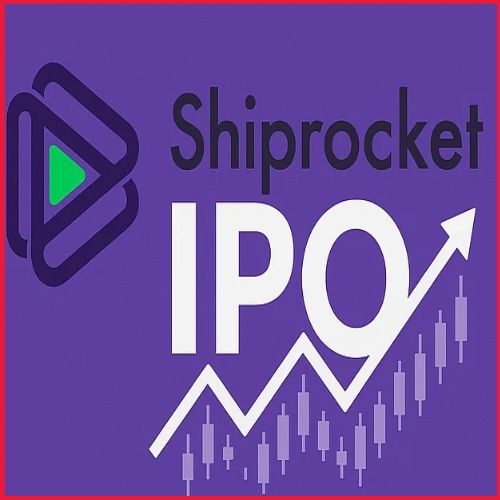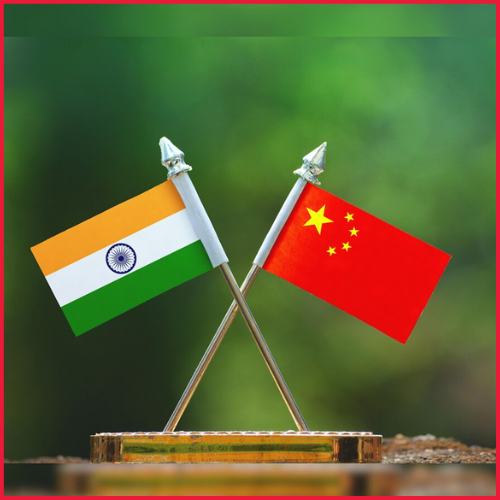New trends are emerging that will impact the advertising industry. It will influence everything from audiences to investments and technological platforms.
Changes in advertising
The epidemic has significantly altered people’s perspectives on life. It has resulted in massive attitude adjustments that are here to stay. Audiences are carving out more family time, or concentrating on new daily routines. As customers strive to share their experiences with others across numerous platforms, this presents an opportunity for brands and marketers, particularly in the social sphere.
Advertising trends in 2022
Here are the key trends to consider for your advertising and media strategy in 2022, as consumer purchasing habits, the economy, and technology change.
Organizational structure and work culture changes
The epidemic has changed the way people work in a variety of businesses. The “want for flexibility” is identified as the major reason for individuals’ changing professions. This is becoming more common in a variety of service sectors, including media and advertising.
As a profession, content generation will shift to Decentralized Autonomous Organizations (DAOs). Even if their job requires them to be in the current world (production, shooting, etc. ), the work ethic of DAOs is likely to appeal to the future generation of content creators. Today, DAOs may recruit, interact with, and compensate artists exclusively via the metaverse.
The introduction of 5G will intensify this tendency. This might lead to changes in company models. This may lead to flexible, specialized team structures, outcome-based assessment, and a rethinking of compensation and reward methods.
Consumer sensitivity and sustainability
While the worldwide movement toward sustainability and inclusion began a few years ago, it has exploded in India in the last 18 months. According to a study, 78% of people said media outlets and content should be more inclusive of the underrepresented population. 84% thought companies should do more to make their goods more accessible to differently-abled people.
Plant-based proteins, electric cars, and a more sustainable lifestyle in general have all witnessed a surge in interest and discussion. This has resulted in a greater emphasis on sustainability and inclusiveness among companies and marketers. This is done through carbon credits, recycling, the use of ethically produced materials, or promoting inclusivity through actions and messages.
This has ramifications for the media as well, with an emphasis on carbon-neutral or sustainable media initiatives. Carbon Calculators, which identify the aspects of a media strategy where carbon must be offset, will be used more often. In the future, more media outlets and influencers will be chosen based on how inclusive and sensitive they are to different types of people.
Decentralization
The phrases “Web3.0,” “Metaverse,” and “NFTs” are all generating headlines. Commentators and proponents are using them to describe notions of a decentralized, virtual-first future. These new technologies are the precursors of a cultural revolution that is likely to happen in the next decade as a generation of people who mostly live in virtual worlds grows up.
Web 3.0 is the next step in the internet’s growth. It aims to make the internet more intelligent and capable of processing information in a human-like manner. Users won’t be able to tell the difference between real and digital encounters in Web 3.0.
They will expect to be able to link their job, friends, commodities, and experiences electronically. The Metaverse is a term used to describe a linked, living, and permanent virtual environment.
Brands would begin to exploit this virtual environment, as well as the components that support it. They will create brand experiences and assets, encourage consumers to engage, affiliate with a cause, establish loyalty, or drive real or virtual sales.
Privacy-first approach
The Google Chrome team stated in January that the FLoC Privacy-Preserving API proposal will be replaced with a new “Topics” API proposal. Google’s switch from FLoC to Topics is a big deal because Chrome is now more focused on improving privacy-protecting advertising solutions.
There may be a future where numerous privacy-preserving technologies help build a more responsible advertising industry. This is because panel-based data adds unique and different signals to the mix, which makes it more important.
Transformation of creator economy
Creators will be able to directly monetise their work via platforms like Substack. This will reduce the creator’s reliance on algorithmic advertising methods and assist them in sustaining themselves even before they reach size.
This subscription-based business model is a significant departure from the YouTuber age of advertising-based revenue structures. Both of these models will expand at the same time and with synergies in the coming days.
Advanced intelligence
Advance Intelligence is the rescuer in this digital marketing and advertising data deluge, with the influence of cookies fading and data protection restrictions strengthening. Humans also can’t keep up with the huge number, variety, and speed of marketing and digital data points that come at them every second.
By automating, auditing, reporting, and analyzing digital campaigns, AI and machine learning will provide advanced data processing capabilities. This will result in perfection in execution. Marketers will speed up their use of algorithms to uncover a variety of permutations and combinations that will offer performance.
To identify what material works for certain audiences and what is trending in the marketplace across all sorts of public content, automated content recognition will be necessary.
Connect TV
TV advertising will become better as a result of Smart TV. From smartphones to smart TVs, the Indian market is seeing a significant change in how consumers are replacing their living room color television with an internet-enabled smart TV.
By the end of 2022, 12% of Indian TV homes are predicted to have a smart TV that is fully linked to the internet. It will be capable of viewing on-demand programming that is either freemium, AVOD, or subscription-based.
Marketers and agencies will demand the greatest TV and connected TV packages based on the target audience. In contrast to linear TV, which has a longer commercial break, connected TV advertising plays a key role in the ad experience.
Connected TV is the first step in making even linear TV streams addressable. The distributor economy, middleware, and IT firms are all pushing hard to make linear TV addressable. With the rise of Connected TV, broadcasters will have to use the same technology that lets them target households on linear feeds as well, too.
Evolution of offline media companies
The fast growth of what was formerly known as “offline media” is being fueled by a major change in media consuming behavior and the simultaneous usage of many displays.
By increasing their digital presence, print networks will be able to capitalize on their primary strength, high-quality content. Beyond online editions and apps, we’ll see more podcasts and the use of augmented reality to give immersive information.
With social integration, podcasts, and phygital events, radio is also experiencing a big transformation.
There is also a huge shift in business models with outcome-based responsible arrangements. The shift began with print and is now expanding to all offline media.
The new era of advertising
During the pandemic, house lockdowns and work-from-home shifts created a digital revolution. From cryptocurrencies in the banking sector to automated shopping experiences in retail, digital change now pervades practically every area of our lives.
Our homes and workplaces are becoming more computerized and tech-driven. The metaverse now has the potential to become a real, concrete future.
Brand marketers and organizations must embrace new technology and test it in new digital marketing outlets as the digital revolution takes root. They must also be adaptable in order to generate unique audiences and transfer budgets in real-time, as well as integrate digital tools and systems and provide seamless communication processes.














